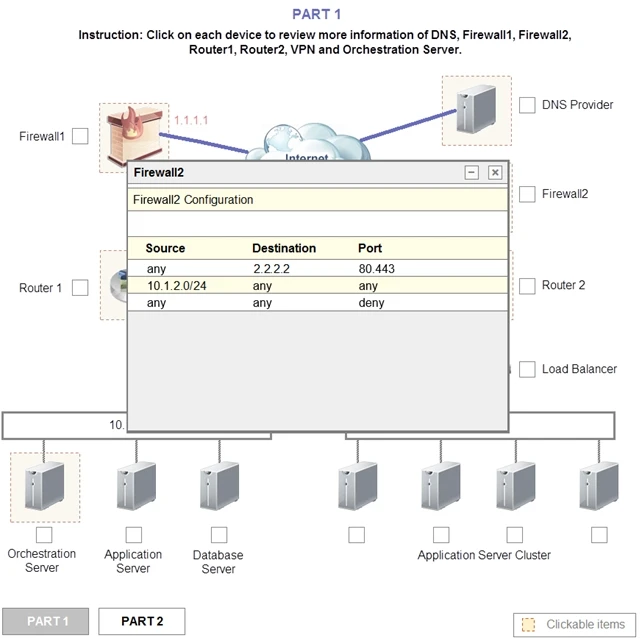CompTIA Cloud+ (CV0-002)
Here you have the best CompTIA CV0-002 practice exam questions
- You have 352 total questions to study from
- Each page has 5 questions, making a total of 71 pages
- You can navigate through the pages using the buttons at the bottom
- This questions were last updated on December 11, 2025
- This site is not affiliated with or endorsed by CompTIA.











